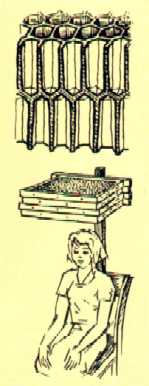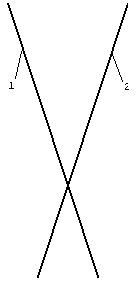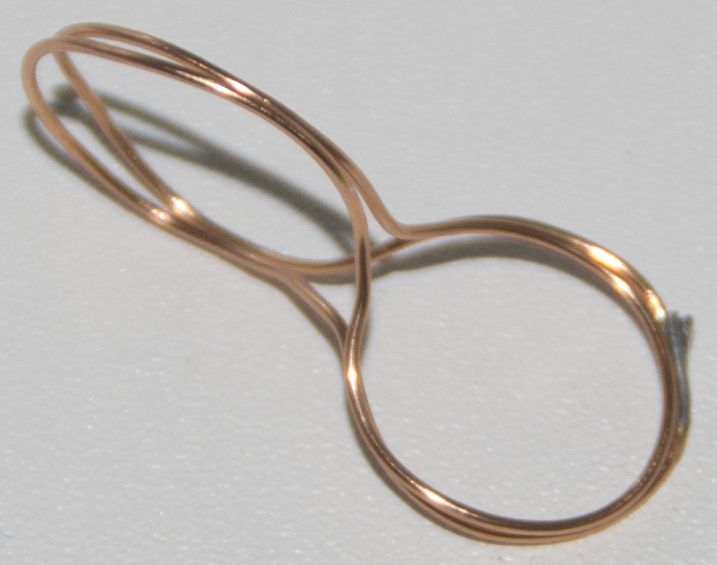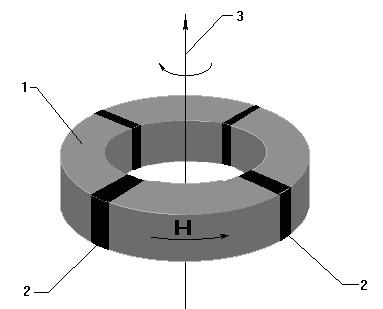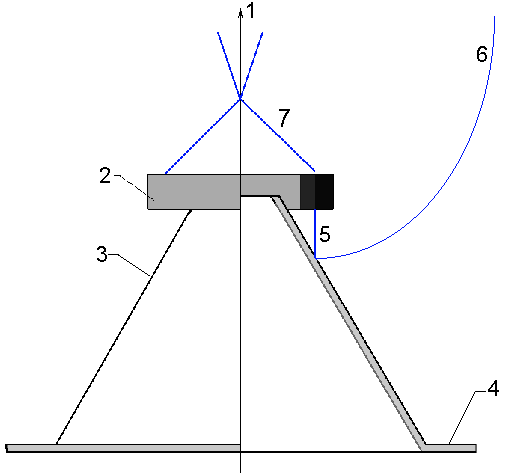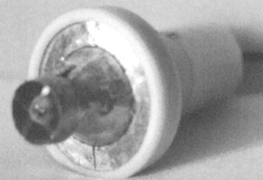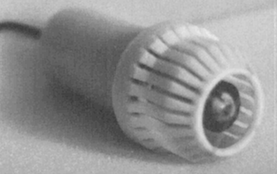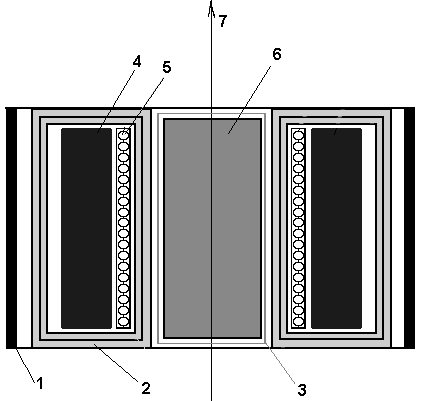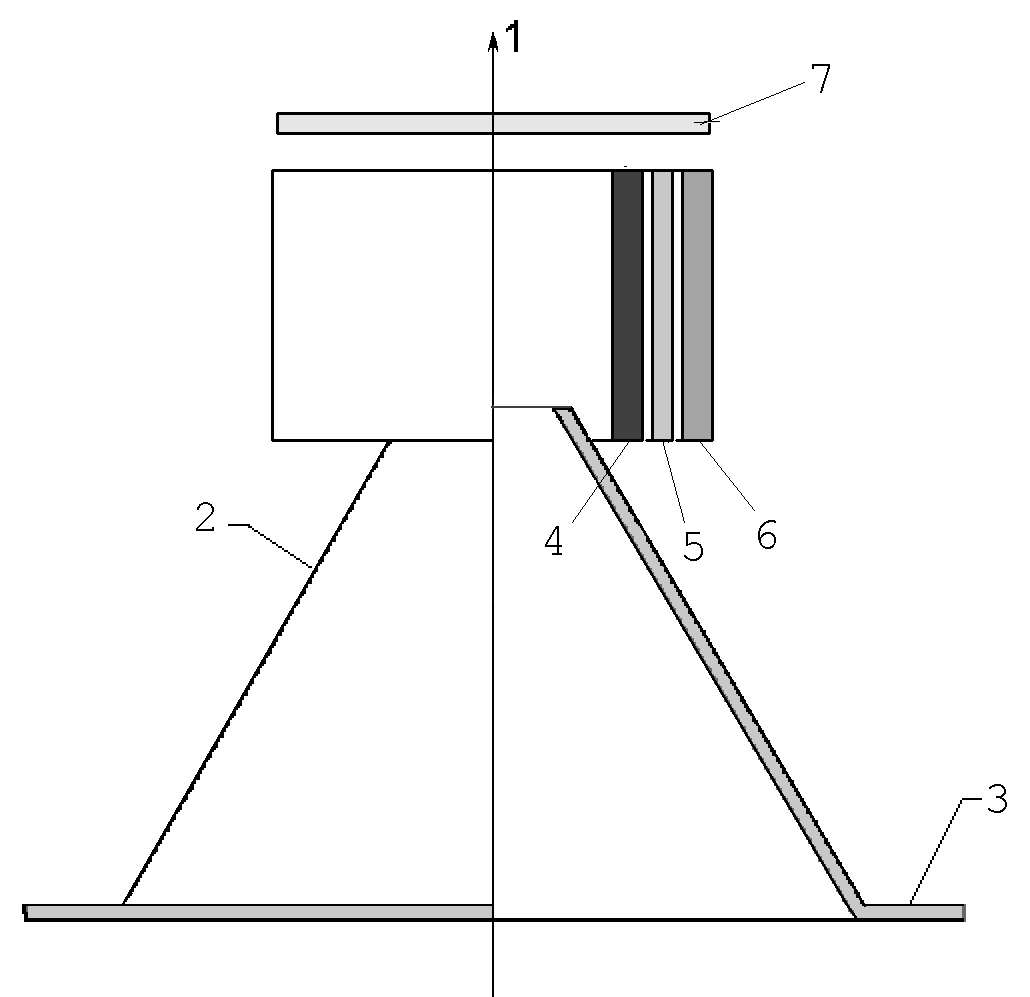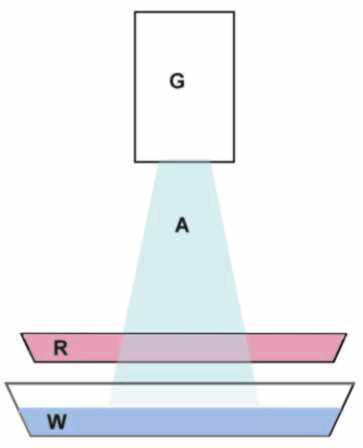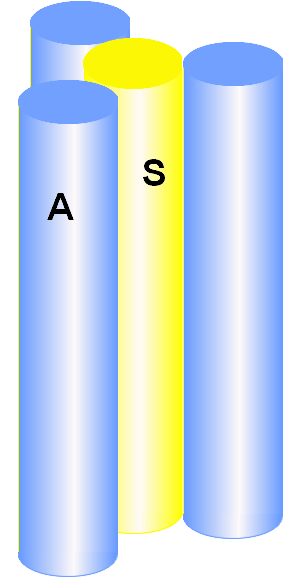Alexandr A.Shpilman (alexandrshpilman78@gmail.com )
"Quark
field" ("The axion field")
Introduction
There were many theories: divine powers,
witchcraft, "animal magnetism" in the early 20th century, the "Microlepton field" of A.F. Okhatrin
in the end of the 20th century, "Torsion Field" of G.I. Shipova and
A.E. Akimov. Disappointment in these theories has now
led to the names - "Nonlocal Interaction" and "Ultraweak
Interactions."
As a result, there are observed effects. There
are no theory and understanding.
Where did these names come from?
We will not examine divine powers, witchcraft,
etc. now.
We say "Animal magnetism", when we
keep in mind focus on the extraordinary abilities of people. (The term "geofield" was born in the 80-90s of the 20th century)
The observed wave (in macro-scale) and resonant
phenomena probably became the starting point for the emergence of the concept
"Microlepton field". For example, we look
them in "V.Grebennikov's
"Cavity structures" (Fig.1,2), or "fork" from
two soldered conductors (Fig.3). This was interesting to apply Quantum Mechanic
in the new field. So the idea of "microleptons" was born.
|
|
|
|
|
|
Fig.1 |
Fig.2 |
Fig.3 |
|
"Torsion Field" has become very
popular due to the discovered gyroscopic properties of the field. This is
clearly seen in the example of the experiment:
The glass ball stands on the support. "Psychic" sets the field
in the ball in the horizontal plane. Then the ball is turned slowly around the
vertical axis, and we are observing the displacement of the field induced in
it. We look that one part of the field rotates towards the axis of rotation up,
the other part of the field is down. In this case, the field is split somewhat
by a fan. This demonstrates that the field has gyroscopic properties and it has
components with a different gyroscopic moment probably.
We can correctly speak about "Spin
field" or the same "Axion field". We will use the name
"Axion field" (AF)), although it seems that this name is also not the
last one.
It should be noted that the electromagnetic,
gravitational and torsion fields are short-range fields (a local characteristic
of a certain point in space). "Axion field" is a long-range, material
field. That is confirmed in practice.
Scientists decided to call this
"long-range" interaction - "nonlocal interaction". They avoid to talk about the
"axion" or "spin" field.
|
|
|
Fig .4 |
We must find out the physical properties of AF
for understanding the phenomenon. A very simple but unexpectedly effective
device produced the first results. Emitter (see Fig.4). has 1 -ferrite ring
20x12x6 mm grade M2000HH, 2 - ferrite-barium magnets, 3 - rotation axis. The
ring rotates counterclockwise at a speed of several thousand revolutions per
minute. Magnetic field of magnets directs towards rotation.
AF of construction are concentrated in two narrow oppositely directed rays. They propagate along the
axis of rotation for a distance of tens meters. These rays may be of four
different qualities. It depends from the mutual orientation of the vector of
magnetic induction and the direction of rotation.
The AF emitter can be seen with the naked eye
under certain illumination. But it has not been possible to take a picture yet.
The device goes to "operating mode"
for 5 to 10 minutes at the first power-up. The device starts to work in the
mode in a minute at the next inclusions.
When the rotation is stopped, the intensity of
the AF decays exponentially for tens minutes to a
certain constant value. This value has been preserved for a week. Sometimes the
"memory" of the operation device is stored in the room for two weeks.
Experiment
with the device in this form is not convenient. If we add to the construction
of the "reflector" -3 in the cone form made from silver or cadmium
with a belt -4, then the intensity of the back-ray decreases, and the density
of the main ray increases (See Fig. 5, Photo1-2).
|
|
|
|
|
Fig.5 |
Photo 1 |
Photo 2 |
In
reality, the reflector plays a role analogous to a ferromagnet in a magnetic
field.
Experiments with this radiator have shown that
AF has a large penetrating power. Lead and reinforced concrete walls are not an
obstacle for it. Isotropic substances capable of shielding AF have not been
found. Lead did not much differ from air in this plan. Only zinc and steel
introduce a significant time delay in the propagation of AF and they become an
induced source of AF.
When the AF passes through different
substances, it changes its qualitative characteristics. The table below shows
the change in the hardness of steel and cast iron under the action of the
emitter AF. The ray of the radiator passes through the plates (or powders) FeO, Mn, C and Se.
|
Characteristic of the
metal sample |
The value of microhardness, kg / mm2 * H%, H |
||||
|
|
The initial state |
A source |
A source |
A source |
A source |
|
Structural carbon structural steel (Ñ=0.08% weight, annealed,
sheet) |
161.2±2.4 |
151.6±3.0 |
148.2±5.3 |
164.8±5.4 |
151.7±4.8 |
|
Cold-rolled steel (Ñ=0.8% weight.%) |
636.6 |
860.5±30.8 |
|
810.4±17.4 |
|
|
Cast iron
(Ñ>2.5% weight.) |
361.4±9.8 |
521.3±68.7 |
|
|
|
We assumed initially that the spins of the
atoms of the ferrite ring of the radiator is active, but then the view has
changed significantly.
First, in addition to the orienting effect of
rotation on AF, a significant effect is exerted by the magnetic vector
potential (MVP) that is created around the magnetized ferrite ring. MVP and
causes the formation in the radiator of the ray AF in the form of a highly
elongated field toroid., The "Shpilman's
Coil" was born as a result of this observation. ( it
became known on the Internet) (see Figure 6).
|
|
|
|
Fig.6 |
Fig.7 |
"Spielman's Coil" consists of: 1 - an
iron tube; 2 - the electric toroidal winding of the ferrite core 4; 5 - a
cylindrical electric coil of the bias of the active element 6.
The idea is: the toroidal coil 2 touches the
magnetic vector potential (MWP) closed in the toroid around the core 4, and the
coil 5 is tangential to the MWP component. As a result, the MVP is spiral
structure. If we will be change the currents in the coils, we can significantly
change the parameters, for example, the generated ray of the AF by the core 6.
Secondly, the nearest fixed elements of
structure have a significant effect on the operation (ferrite) of the radiator.
So, it will be make the radiator AF, shown in Fig. 7. Here the hollow cylinder
4 is made of chromium, the cylinder 5 is made of silver, and the cylinder 6 is
made of tin. Cylinders 4 and 5 rotate in opposite directions with respect to
the axis of symmetry 1. Filter 7 is made from a thin film of bismuth or its
powder.
Thirdly,
the ray density AF increases gradually in about a month with regular inclusions
of the radiator. This means that something out of accumulates in the radiator.
Perhaps this is called manna, prana, Qi, etc. We will call this element - DSS
element (the decoding will be later).
It seems DSS elements are contained in all
subjects and in the environment generally. They have a direct impact on the
properties of materials. In particular, DSS elements influence of the
properties of irradiated iron emitter AF. This is indicated by the following
experiment:
The generator G by "Axion field" A
(see Fig.8) enlightened the flat ampoule R with alcohol and ampoule with pure
water W.
9-channel wide-band infrared spectrometer ICAR
was used to analyze the result of irradiation. IKAR allows to display the whole
state of water. To analyze the result of irradiation, a unique device was used
that allows to display the integral state of water - the 9-channel wide-range
infrared spectrometer ICAR. The spectrum is taken simultaneously in 9 bands
(wavelengths from 3 to 10 microns). Each channel was shot 30 samples with a
period of 1 second. After that, the received data array (matrix 9x30) was
processed in the MatLab software environment.
|
|
|
|
Fig.8 |
Fig.9 |
The experiment determined that the structure of
the water had acquired visible features of the structure of alcohol, but
alcohol also changed, acquiring features of the water structure. We conclude
that the ray of AF exchanged DSS elements contained in liquids, which caused
their changes.
We conducted another experiment (see Fig. 9).
We fixed the ampoules with the active substance A around the quartz cylinder S
charged in the "place of force". Then the volunteers held the packet
in their hands for several minutes. We used as the active substance seduxen (hypnotics), analgin
(anesthetic) and papaverine hydrochloride (lowering blood pressure). A
noticeable effect was observed with all three of the listed options.
Experiments allow us to take a different look
at the widely known preparations of homeopathy.
Translation of Irine Lis

